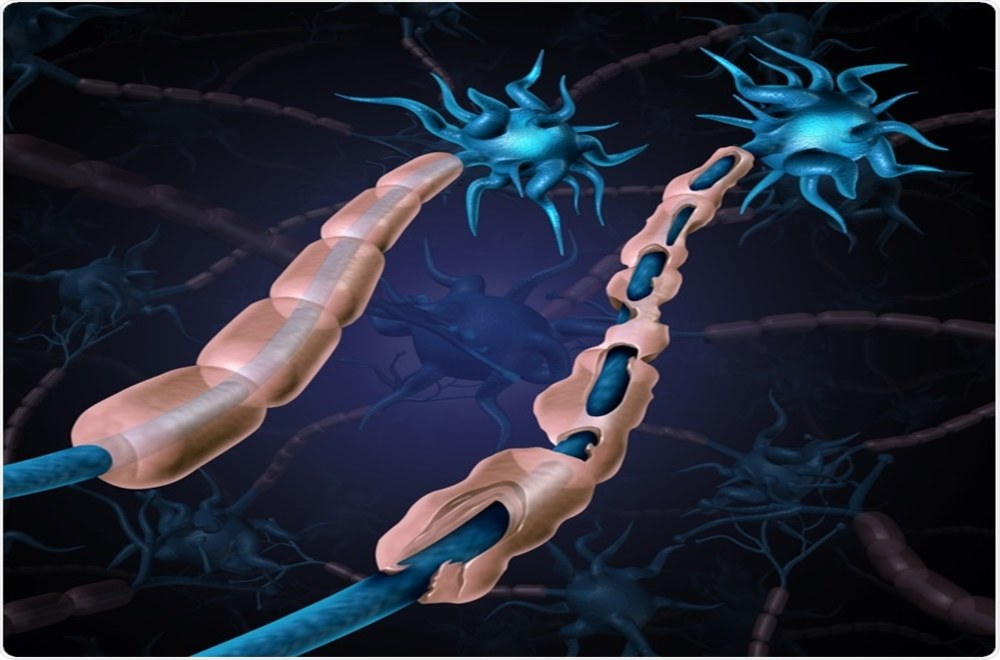What is Guillain-Barré Syndrome?

Guillain-Barré syndrome is a rare but serious autoimmune disorder in which the immune system attacks healthy nerve cells in your peripheral nervous system (PNS). This leads to weakness, numbness, and tingling, and can eventually cause paralysis.
The cause of this condition is unknown, but it’s typically triggered by an infectious illness, such as gastroenteritis (irritation of the stomach or intestines) or a lung infection.
Guillain-Barré is rare, affecting only about 1 in 100,000 Americans, according to the National Institute of Neurological Disorders and Stroke. There’s no cure for the syndrome, but treatment can reduce the severity of your symptoms and shorten the duration of the illness.
There are multiple types of Guillain-Barré, but the most common form is acute inflammatory demyelinating polyradiculoneuropathy (CIDP). It results in damage to myelin. Other types include Miller Fisher syndrome, which affects the cranial nerves.
What Causes Guillain-Barré Syndrome?
The precise cause of Guillain-Barré is unknown. According to the Centers for Disease Control and Prevention (CDC)Trusted Source, about two-thirds of people with Guillain-Barré develop it soon after they’ve been sick with diarrhea or a respiratory infection. This suggests that an improper immune response to the previous illness triggers the disorder.
Campylobacter jejuni infection has been associated with Guillain-Barré. Campylobacter is one of the most common bacterial causes of diarrhea in the United States. It’s also the most common risk factor for Guillain-Barré. Campylobacter is often found in undercooked food, especially poultry.
The following infections have also been associated with Guillain-Barré:
- Influenza
- Cytomegalovirus (CMV), which is a strain of the herpes virus
- Epstein-Barr virus (EBV) infection, or mononucleosis
- Mycoplasma pneumonia, which is an atypical pneumonia caused by bacteria-like organisms
- HIV or AIDS
Anyone can get Guillain-Barré, but it’s more common among older adults.
In extremely rare cases, people can develop the disorder days or weeks after receiving a vaccination.
The CDC and the Food and Drug Administration (FDA) have systems in place to monitor the safety of vaccines, detect early symptoms of side effects, and record any cases of Guillain-Barré that develop following a vaccination. Research indicates you’re more likely to get Guillain-Barré from the flu, rather than the vaccine.
What Are the Symptoms of Guillain-Barré Syndrome?
In Guillain-Barre syndrome, your immune system attacks your peripheral nervous system.
- The nerves in your peripheral nervous system connect your brain to the rest of your body and transmit signals to your muscles.
- The muscles won’t be able to respond to signals they receive from your brain if these nerves are damaged.
- The first symptom is usually a tingling sensation in your toes, feet, and legs. The tingling spreads upward to your arms and fingers.
- The symptoms can progress very rapidly. In some people, the disease can become serious in just a few hours.
The symptoms of Guillain-Barré include:
- Tingling or prickling sensations in your fingers and toes
- Muscle weakness in your legs that travels to your upper body and gets worse over time
- Difficulty walking steadily
- Difficulty moving your eyes or face, talking, chewing, or swallowing
- Severe lower back pain
- Loss of bladder control
- Fast heart rate
- Difficulty breathing
- Paralysis
References
This article was written by Jacquelyn Cafasso. You can read the original text here.







